Clown loach - Chromobotia macracanthus
Scientific name: Chromobotia macracanthus
Common name: Clown loach
Family: Cobitidae
Usual size in fish tanks: 15 - 20 cm (5.91 - 7.87 inch)
014
Recommended pH range: 6 - 7.5
Recommended water hardness: 4 - 18°N (71.43 - 321.43ppm)
0°C 32°F30°C 86°F
Recommended temperature range: 24 - 30 °C (75.2 - 86°F)
The way how these fish reproduce: Spawning
Where the species comes from: South Asia
Temperament to its own species: peaceful
Temperament toward other fish species: peaceful
Usual place in the tank: Bottom levels
Chromobotia macracanthus, commonly known as the Clown Loach, is a popular and colorful freshwater fish in the aquarium hobby. Native to the rivers of Borneo, Sumatra, and Indonesia, most Clown Loaches available in the aquarium trade are wild-caught, although some are bred in large, naturalistic ponds. In their natural habitat, they can grow up to 30 cm (11.8 inches), but in aquariums, they typically reach 15-20 cm (5.91-7.87 inches), with smaller specimens in smaller tanks and larger ones in spacious environments.
The Clown Loach has a striking appearance with a long, slim yellow body accented by three bold black stripes: one across the eye, another mid-body, and a third near the dorsal fin. Their tails and barbels near the mouth are reddish, with coloration varying slightly among individuals based on diet and water conditions. These vibrant fish thrive in temperatures around 28°C (82.5°F), a neutral pH, and soft to medium water hardness (4-18°N).
As a social species, Clown Loaches naturally live in large groups. When keeping them in an aquarium, it’s crucial to house at least three to five individuals to reduce stress and encourage natural behavior. Due to their potential size and active swimming habits, ensure your tank is large enough to accommodate their needs without overcrowding.
Clown Loaches are well-known for their diet, which includes snails, making them a popular choice for snail control in aquariums. However, they prefer a varied diet, including quality sinking pellets, algae wafers, and live or frozen foods such as bloodworms and brine shrimp. While they will eat snails, their impact is limited compared to other methods of snail control, such as using Badis badis or manual removal techniques.
Unique Behavior
One of the most fascinating behaviors of Clown Loaches is their habit of "playing dead." It is not uncommon to see these fish lying motionless on their sides, sometimes even floating to the surface. This behavior mimics their natural strategy to deter predators and is generally harmless in a healthy, stress-free tank environment.
Tank Setup and Requirements
To replicate their natural habitat, provide a tank with plenty of hiding spots such as caves, driftwood, and dense plants. A sandy or fine-gravel substrate is ideal for protecting their sensitive barbels. Ensure the tank has a strong filter and good water circulation, as these fish thrive in well-oxygenated water. Clown Loaches are best kept in community tanks with other peaceful fish species, but avoid housing them with aggressive tank mates.
Questions and Answers
A question below was moved here on March 23, 2011, due to merging aqua-fish.net/answers with related pages.
Why does my Clown Loach play dead?
Answer: This is often just playful behavior. In their natural habitat, Clown Loaches mimic being dead to deter predators. Sometimes, they may even float to the surface as part of this display. As long as your fish is otherwise healthy, there is no need to worry about this behavior.
Picture credit
Thanks to Erwin van Beek and Louise for pictures. Other were bought from jjphoto.dk. Another is from Jonathon Whipple.
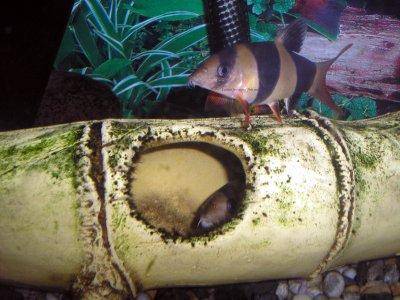













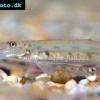 Horseface
Horseface 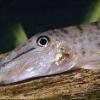 Horseface
Horseface 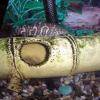 YoYo
YoYo 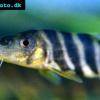 Bengal
Bengal 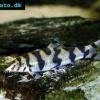 Burmese
Burmese  Myanmar
Myanmar 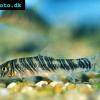 Zebra
Zebra  Dojo
Dojo 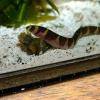 Kuhli
Kuhli  Loach
Loach 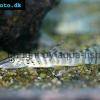 Tiger
Tiger 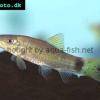 Tailspot
Tailspot 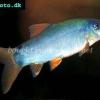 Blue
Blue